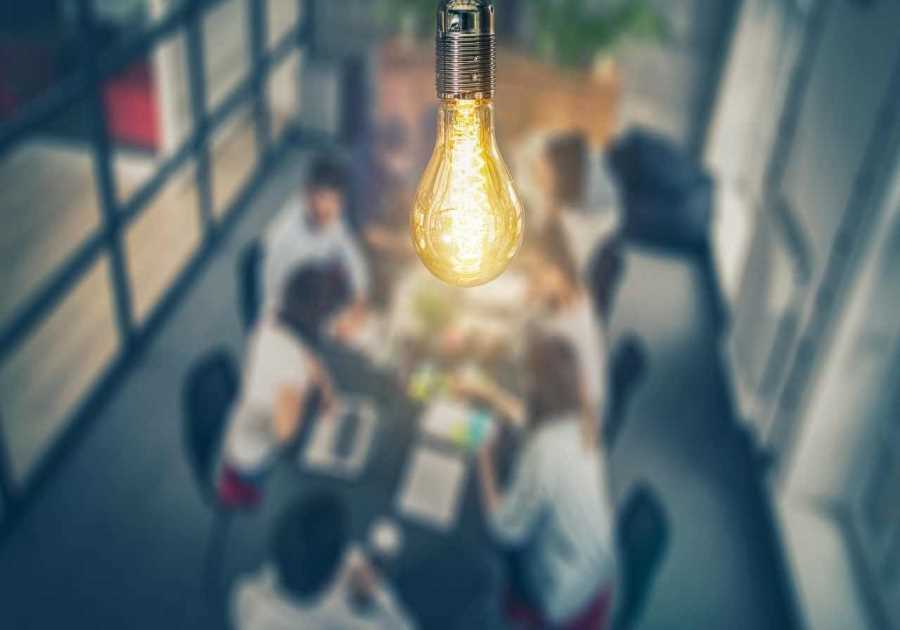Science & Society Picture Library/SSPL/Getty Images
- Tupperware told investors on Monday that it could go out of business.
- The brand helped make plastic bowls a key part of American kitchens and multilevel marketing a part of American consumerism.
- Here's a history of Tupperware, from a plastics manufacturer during the Great Depression to its modern troubles.

Tupperware
Tupper was born in New Hampshire in 1907. While he wasn't a great student, he spent a lot of his early life sketching out inventions in a notebook, such as a comb with a belt clip and a fish-powered boat, according to PBS's "American Experience."
His inventions didn't lead to financial success, so Tupper started a landscaping business to support himself and, later, his wife and children, per "American Experience." Then, during the Great Depression, he started working in the plastics industry and eventually founded his own company in Leominster, which was a manufacturing hub at the time.
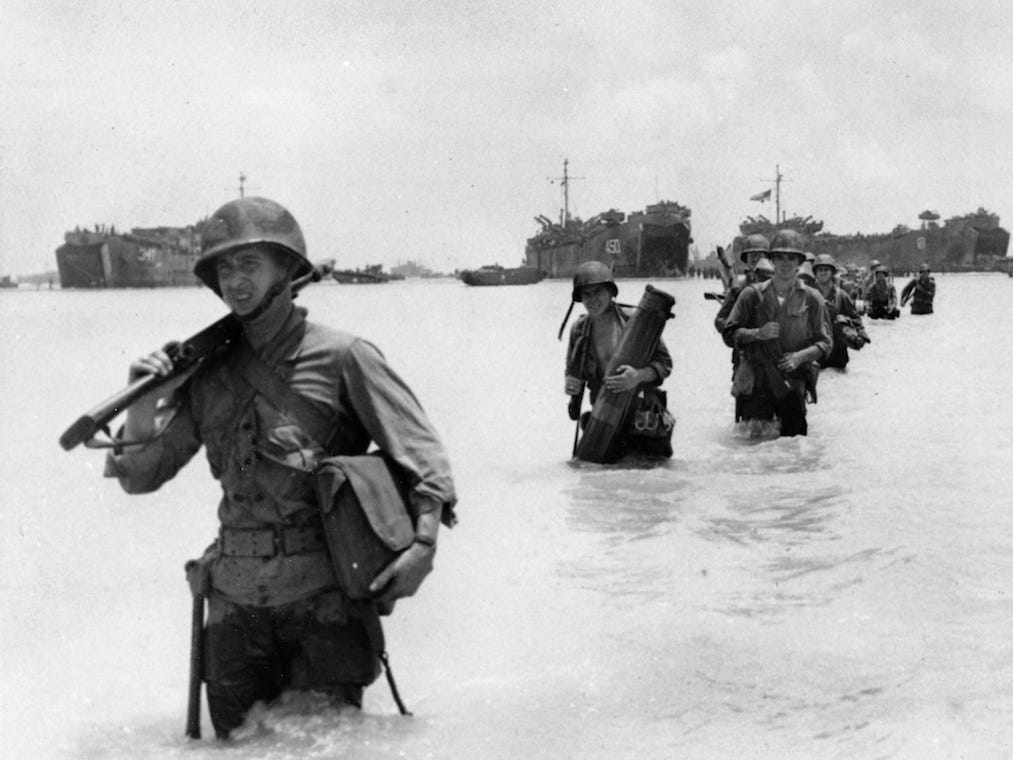
AP Photo/US Army Signal Corps
After the war, chemical company Dupont was trying to increase sales of a new substance called polyethylene, according to PBS.
Polyethylene was a popular component of radar equipment during the war. It was "the resin that helped win World War II," Plastics News reported in 2007.
Afterward, Dupont, the company that made it, turned it into the most widely used kind of plastic, promoting its use for packaging, toys, and other consumer goods.
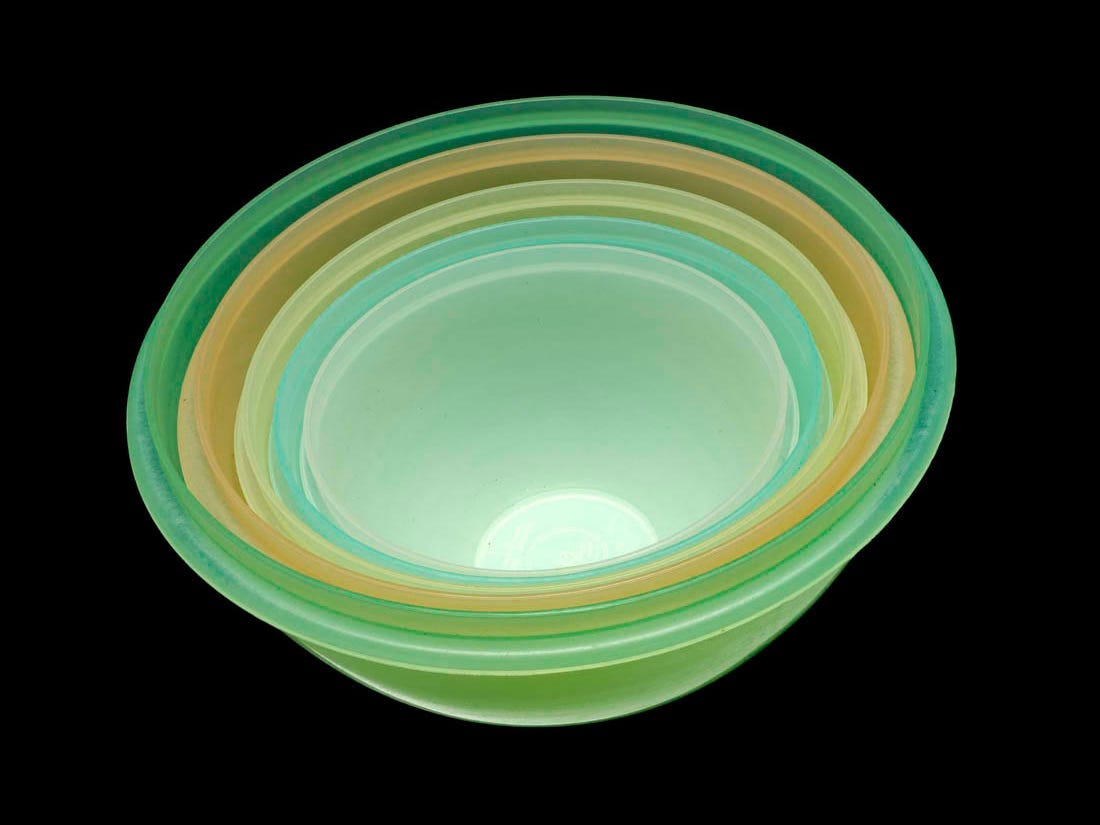
Smithsonian Museum of American History
It took some experimentation, but Tupper used polyethylene to make the first-ever set of Tupperware.
Tupper's "wonder bowl" sealed, allowing users to keep its contents from spilling. They could also push air out before sealing to keep food fresh — a process the company called "burping," according to PBS.
Tupper sold his kitchenware in department stores and a showroom in Manhattan, but sales were slow.
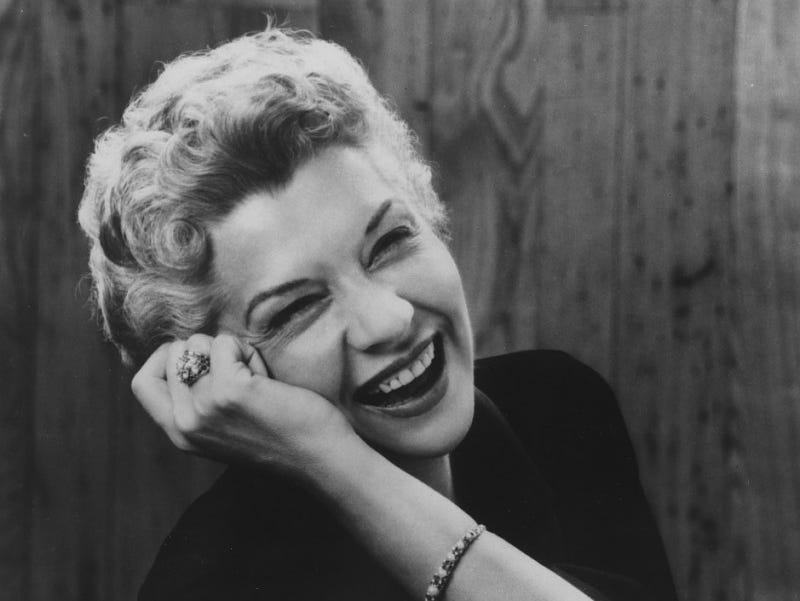
Smithsonian National Museum of American History
Wise had worked as an advice columnist before she started selling Tupperware. Her company's premise: Tupperware was so new that most people didn't understand how it worked if they saw it on a store shelf.
Instead, Wise sold Tupperware by demonstrating how it worked at parties. The events targeted stay-at-home women, who bought the kitchenware after seeing its merits over glass and ceramic alternatives, according to Smithsonian Magazine.
Importantly, Wise also recruited some of those women to host parties of their own, which got Tupperware in front of new potential customers. Tupperware was one of many multilevel marketing companies at the time, alongside cosmetics maker Avon.
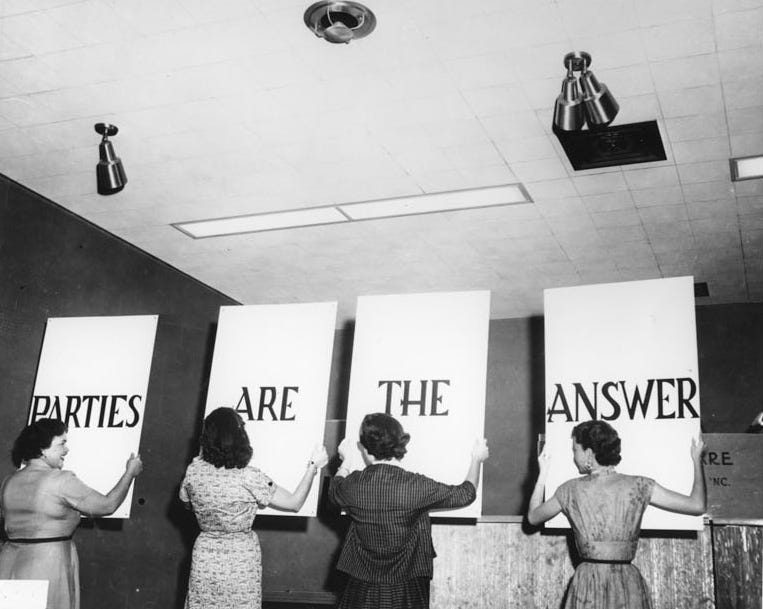
Smithsonian Museum of American History
At the time, Wise called the events "Poly-T parties" in a nod to the plastic that the bowls were made of.
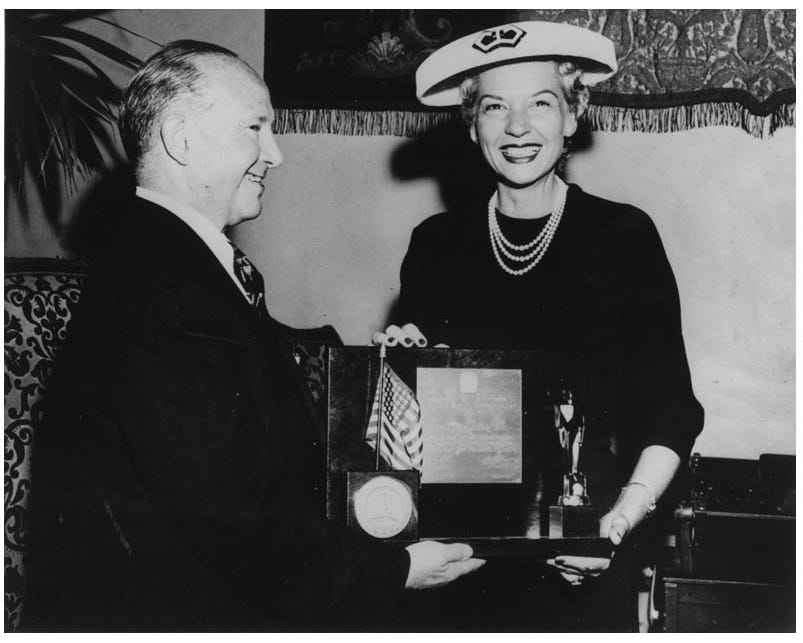
Smithsonian Museum of American History
Tupper remained focused on the manufacturing side of the business, while Wise built out Tupperware's network of dealers and most public-facing parts of the company.
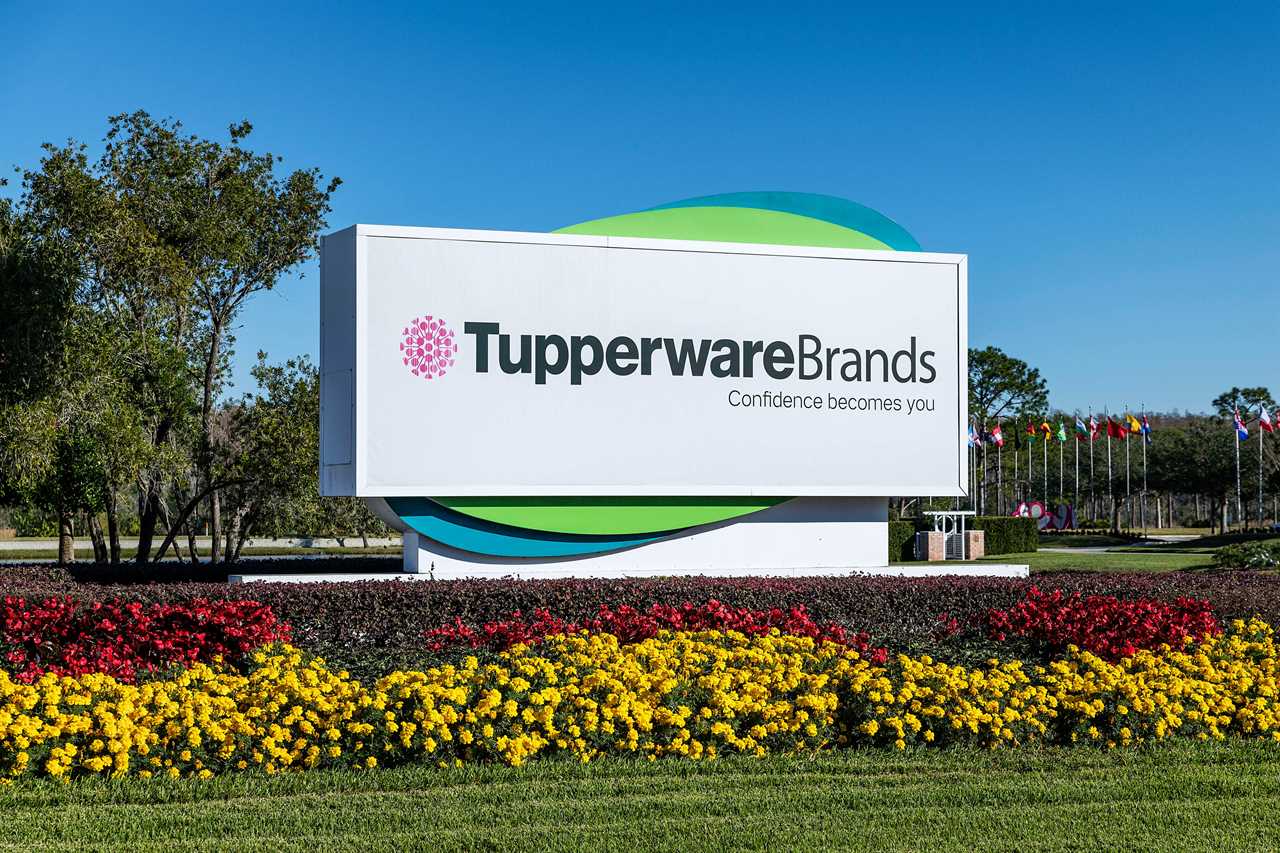
John Greim/LightRocket via Getty Images
Tupper bought 1,300 acres of land in Kissimmee, Florida, to the south of Orlando, in 1953. The area was a small farm town at the time, according to the company. Part of that land is still home to the company's headquarters today.
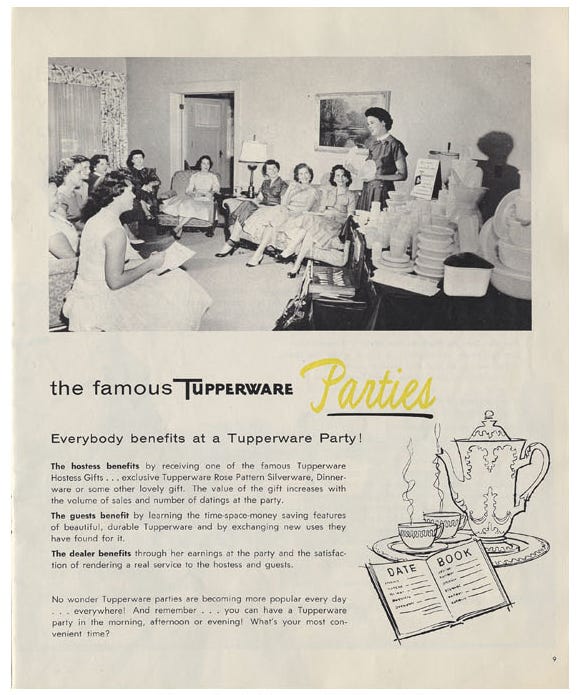
Smithsonian National Museum of American History
Wise nationalized the model she had developed in Florida.
At Tupperware parties, attendees would play games, such as tossing a sealed bowl full of grape juice around the room to demonstrate how leakproof the bowls were, according to Smithsonian Magazine.
The model was also a key source of income for the women who worked as dealers, many of whom had no income apart from what their husbands made. Wise also organized an annual "Jubilee" event that recognized top-selling dealers and awarded them prizes including a brand-new car.
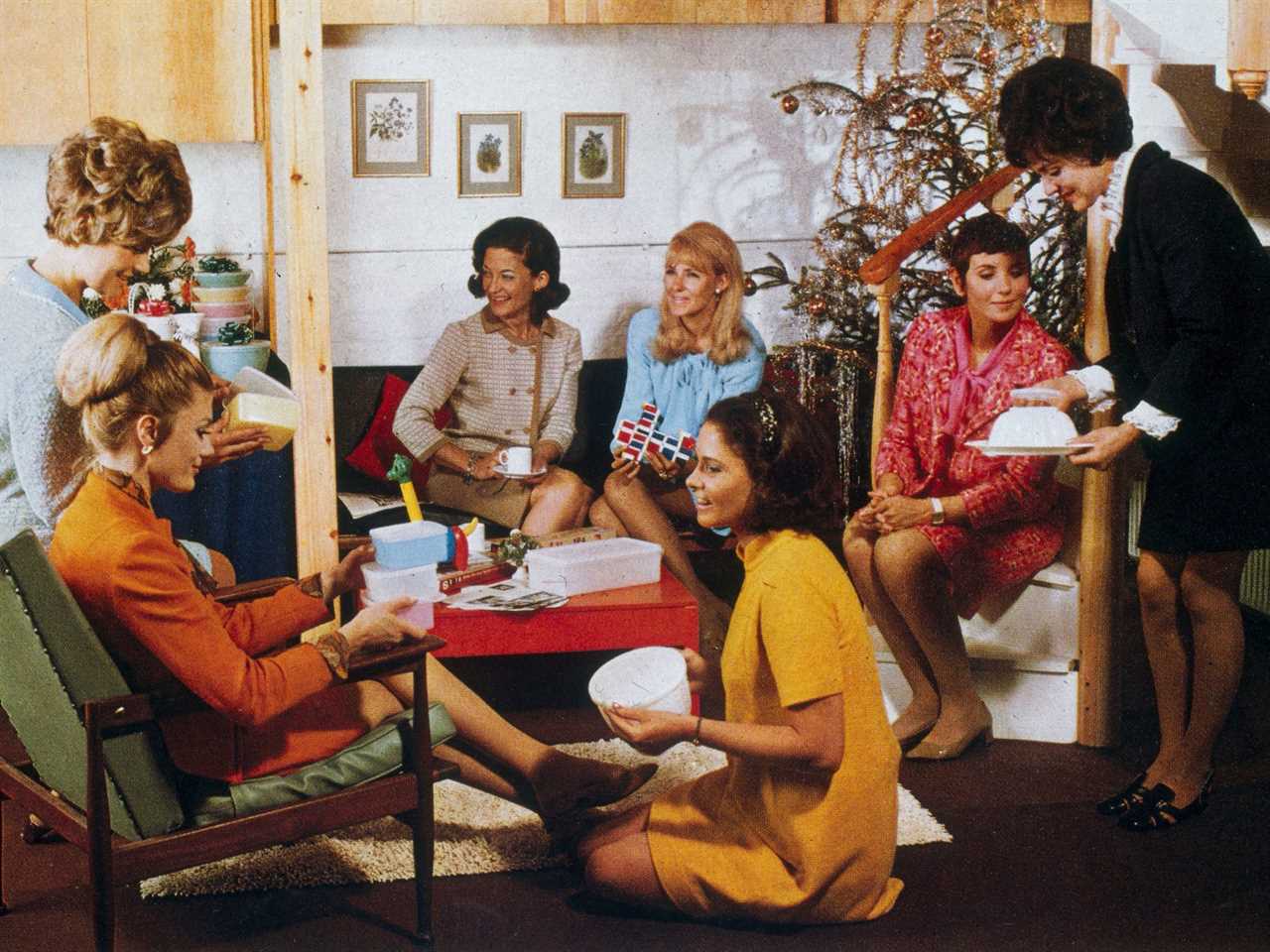
Science & Society Picture Library/SSPL/Getty Images
In 1958, he and the company's board of directors fired her, and Tupper sold the company later that year to drugstore chain Rexall for $9 million, according to the New York Times.
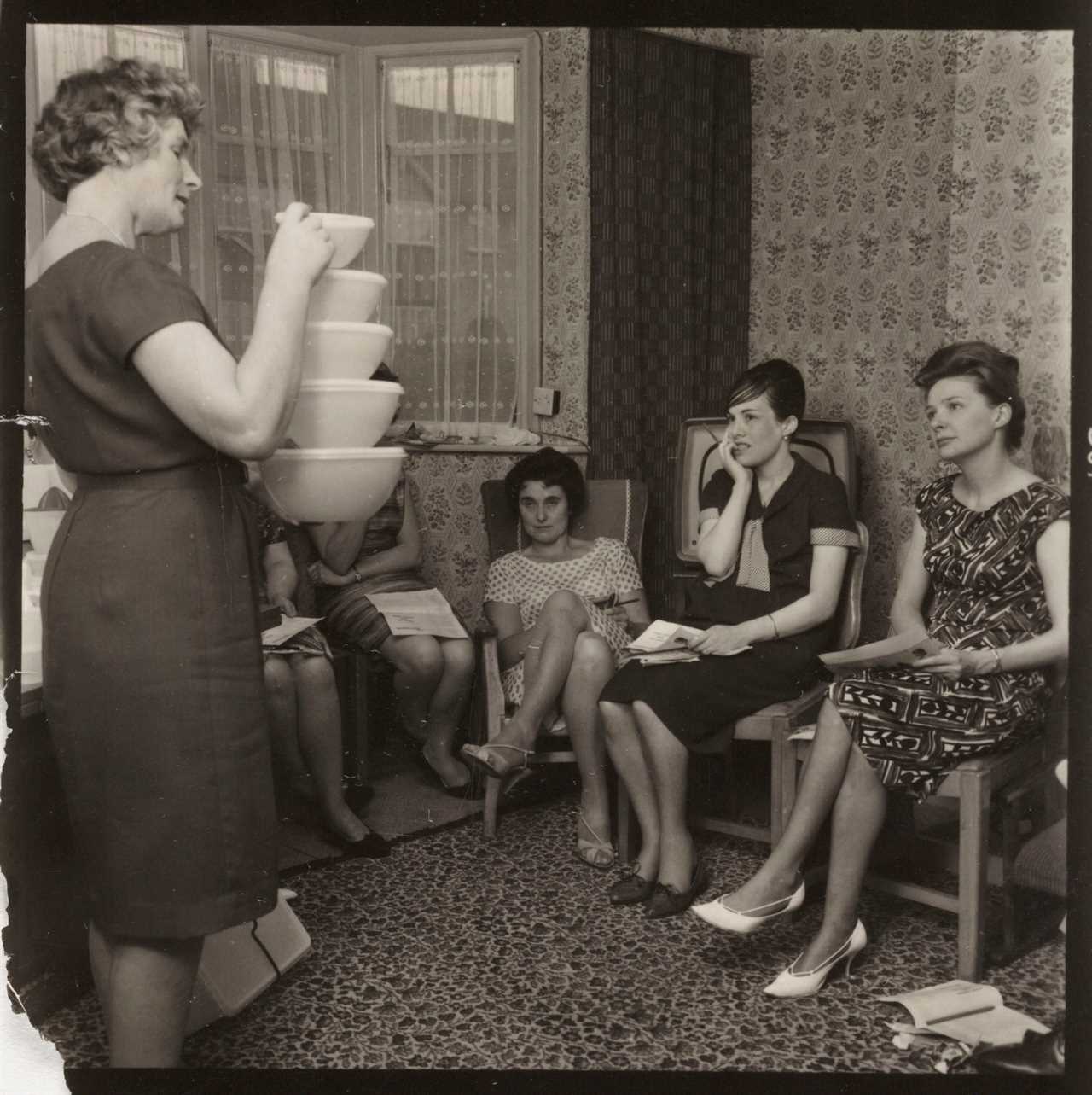
Daily Herald Archive/SSPL/Getty Images
Tupper ended up parting ways with the company after the sale to Rexall. He divorced his wife and moved to Costa Rica in an effort to avoid paying US taxes, according to PBS.
Meanwhile, Tupperware parties continued in the US, Europe, and elsewhere. One television ad from 1961 showed the virtues of hosting a party, including free Tupperware for the host and her guests. "It's a Tupperware party, and it's really fun," the narrator says.
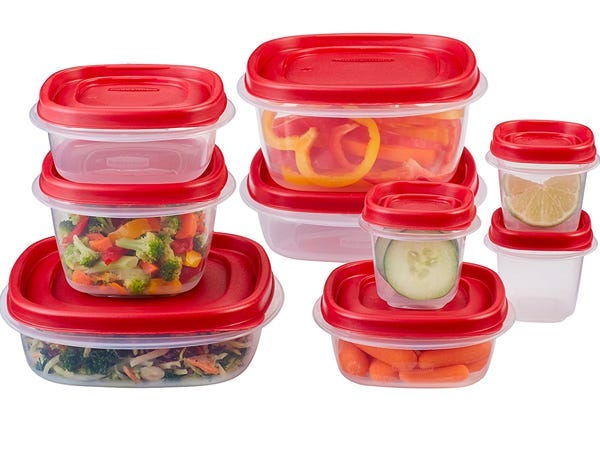
Amazon
That made it possible for other companies to produce cheaper versions of Tupperware's products and cut into its sales.
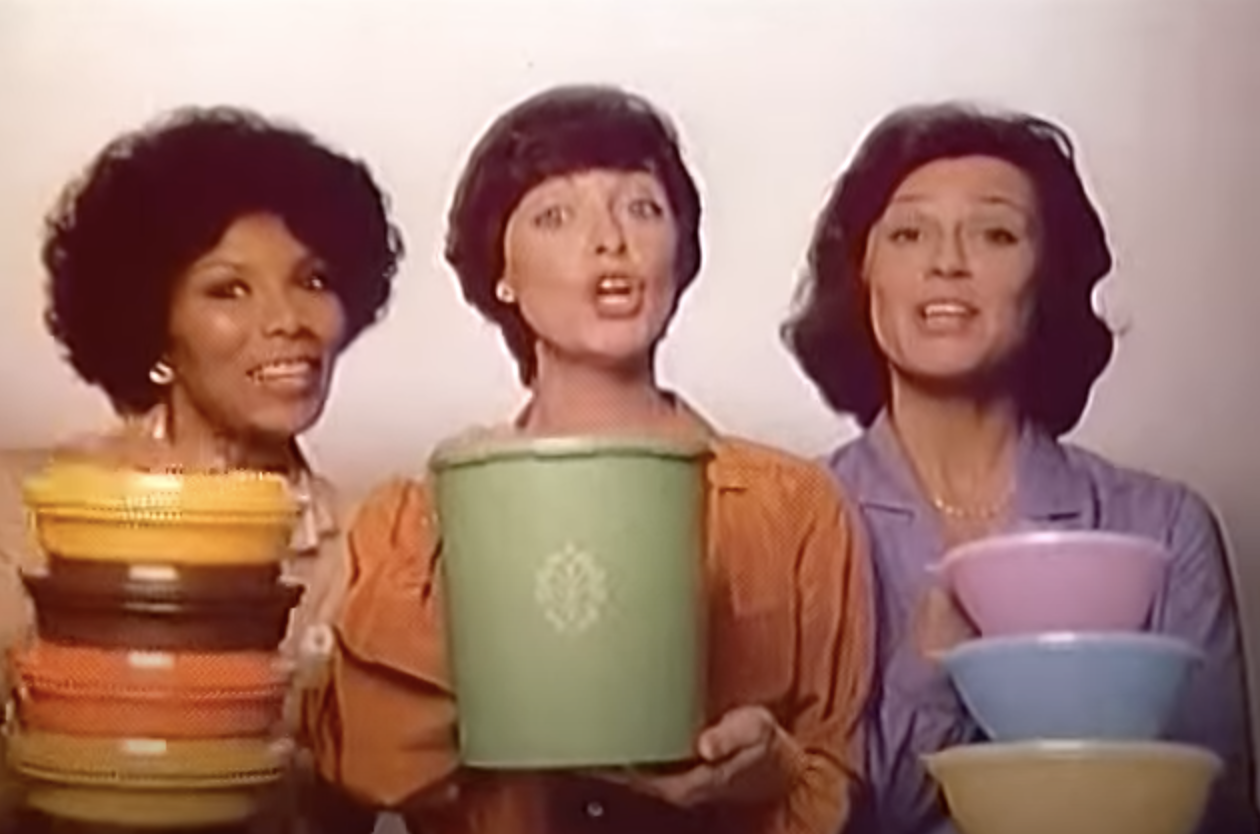
deputay/Youtube
The share of US women in the labor force went from 34% in 1950 to 60% in 2000, according to the Bureau of Labor Statistics.
More women going to work outside the home was bad news for Tupperware since it meant fewer were interested in hosting parties and selling the plastic containers.
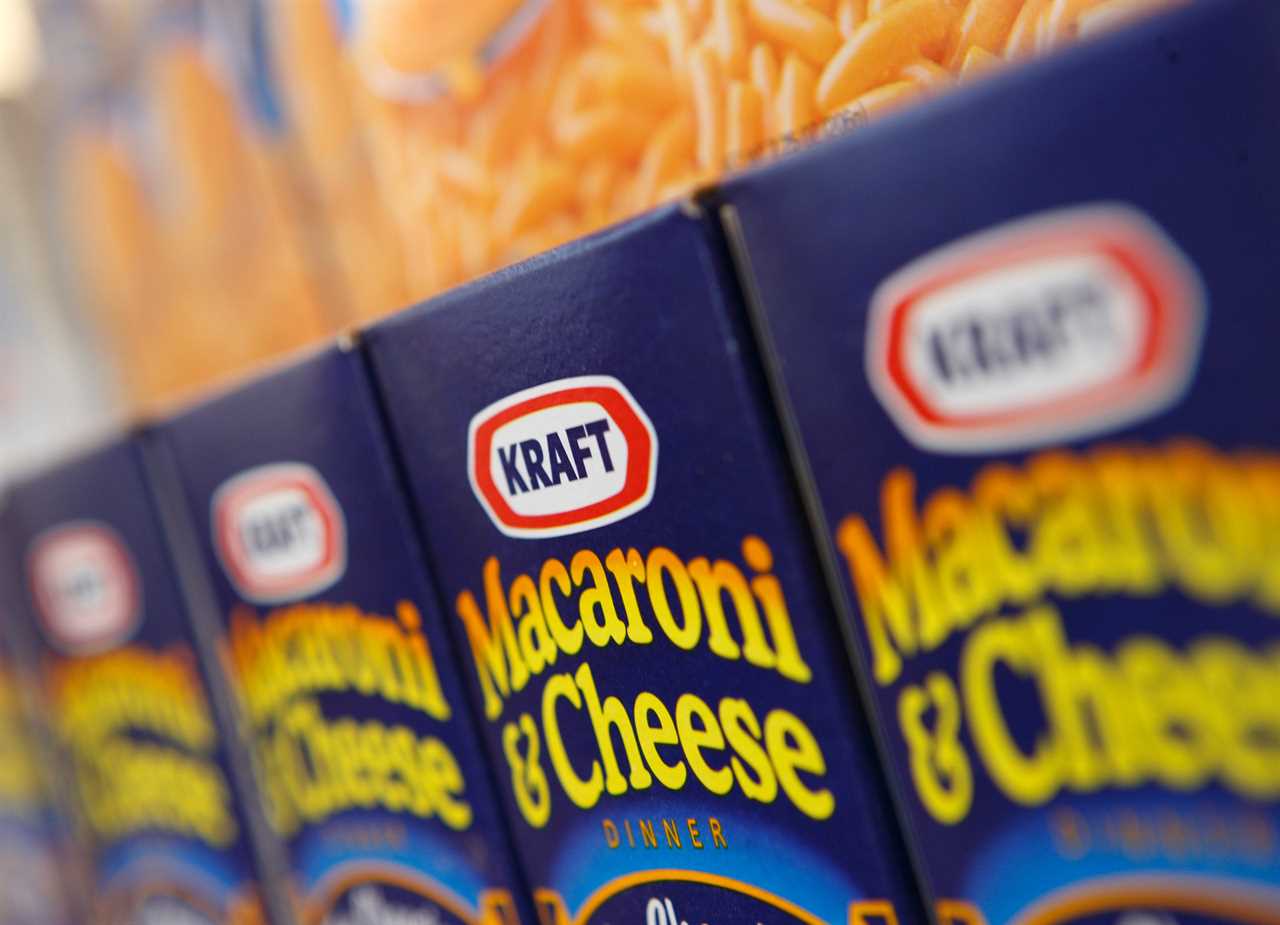
REUTERS/Frank Polich
Kraft tried new products and sales strategies. It made microwave-safe Tupperware and encouraged hosts to have Tupperware parties with colleagues during lunch breaks at work, the Wall Street Journal reported in 2017.
But none of that was enough to reverse the brand's fortunes. Kraft ended up spinning off the brand in 1996, turning it into a public company.
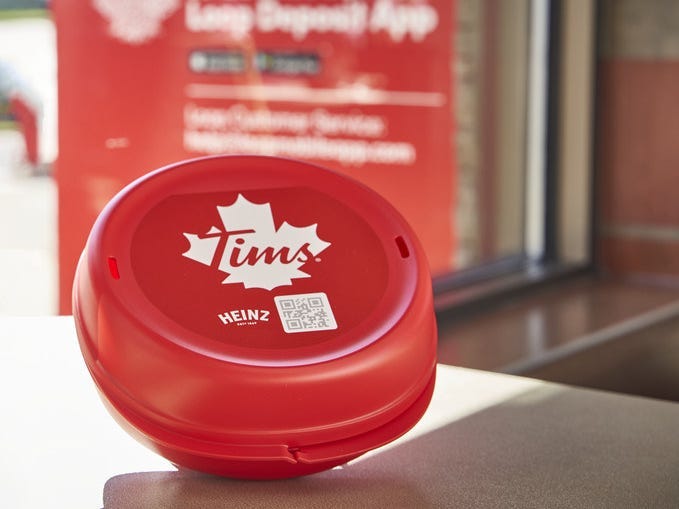
Tupperware
It has also continued selling through its network of party hosts.
A 2019 segment from CBS Sunday Morning featured a Tupperware dealer in Charlotte, North Carolina throwing a party. Her mother also worked for Tupperware.
Tupperware also struck partnerships with other brands, such as Loop, which makes reusable packaging for consumer brands, retailers, and restaurants.

Scott Olson/Getty Images
After years of struggling, Tupperware got a boost as people cooked more at home during the early months of the pandemic, according to its 2020 earnings reports.
Its stock reached above $35 a share, its highest price in years, in November 2020.
"We do believe the results reflect that we pivoted as a company, and now we're more confident in our ability to turn around the business," Executive Vice Chairman Richard Goudis said during a July 2020 earnings call.

AP Photo/Richard Drew
Its shares lost almost half their value and closed at $1.23 on April 10, 2023, after the company warned investors that it could go out of business.
Tupperware ran afoul of New York Stock Exchange requirements when it failed to file an annual report for 2022 earlier this year, the company said. It's also hired financial advisors to help attract new investors.
Read More
By: [email protected] (Alex Bitter)
Title: How Tupperware went from American kitchen icon to the brink of collapse
Sourced From: www.businessinsider.com/tupperware-brand-history-parties-plastic-containers-earl-tupper-brownie-wise-2023-4
Published Date: Sat, 15 Apr 2023 09:00:00 +0000
.png)

